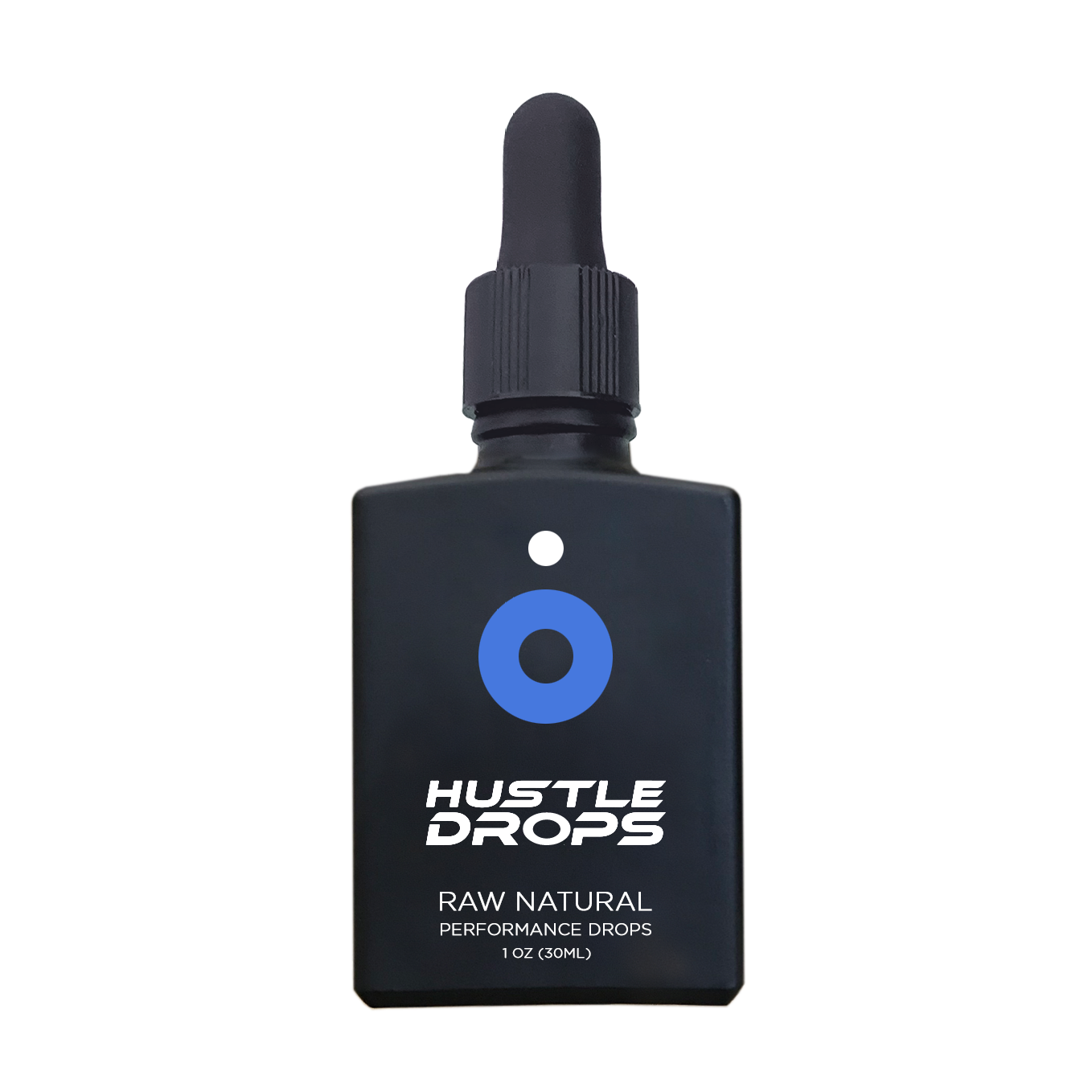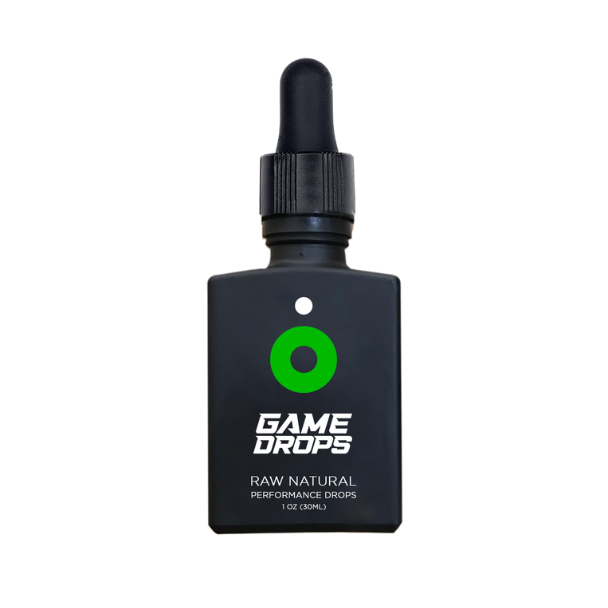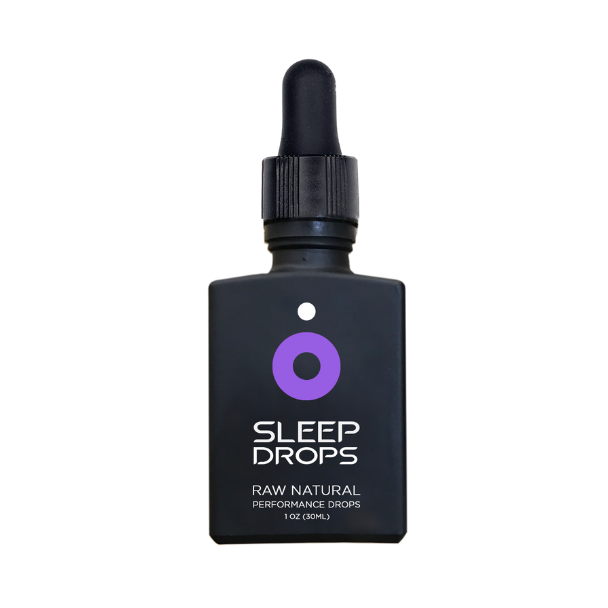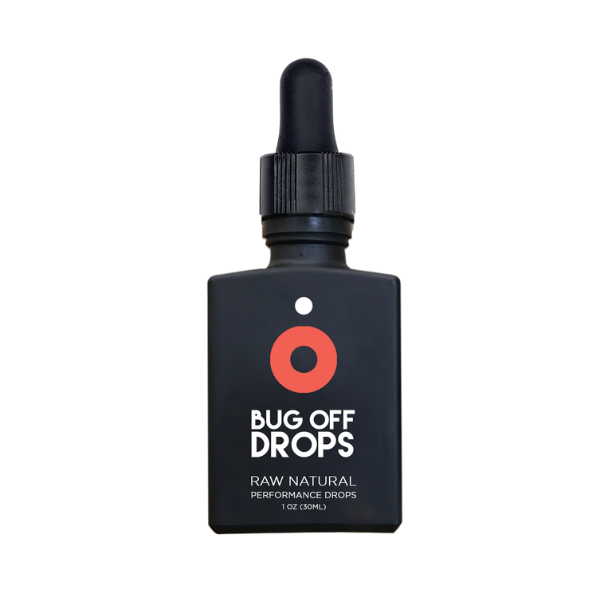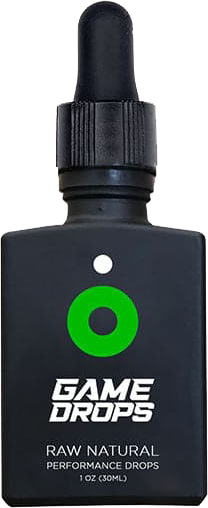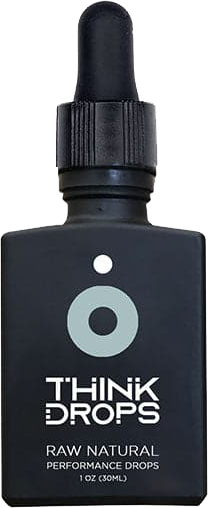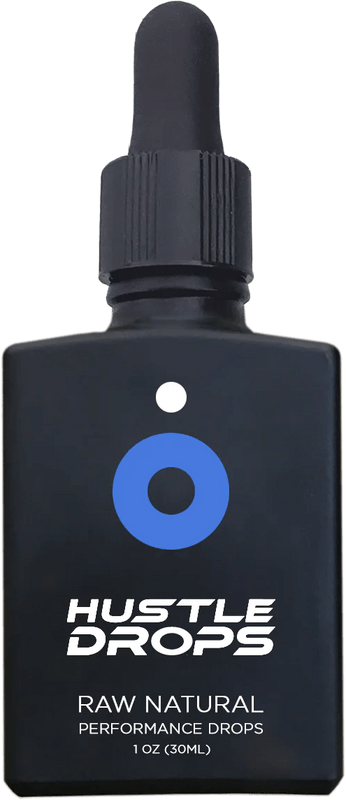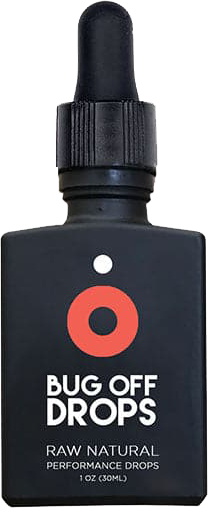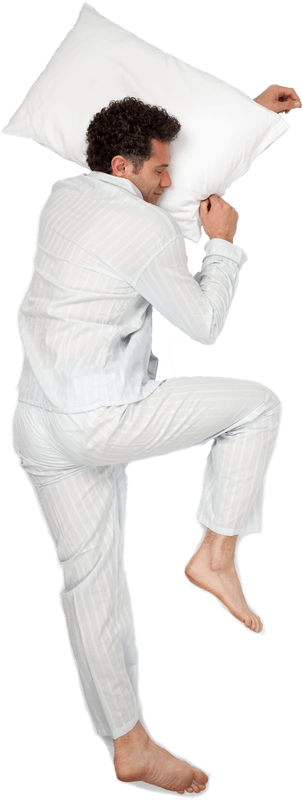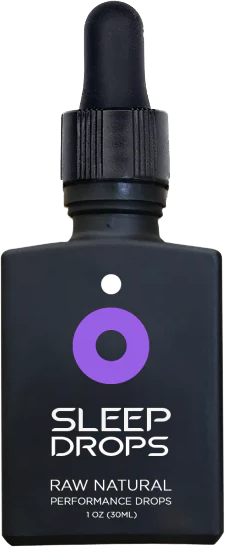Nootkatone Is an Effective Repellent against Aedes aegypti and Aedes albopictus

"We concluded that nootkatone repelled mosquitoes at a rate comparable to 7% DEET or 5% picaridin and has the potential to be an efficacious repellent against adult A. aegypti mosquitoes."
Abstract:
"We tested a nootkatone product for insecticide activity against the most prominent vectors of Zika virus (ZIKV), Aedes aegypti, and Aedes albopictus. We tested the permethrin-resistant (PERM-R) Vergel strain of A. aegypti and the permethrin-susceptible (PERM-S) New Orleans strain of A. aegypti to determine if insecticide resistance affected their susceptibility to nootkatone. Bottle bioassays showed that the PERM-S strain (New Orleans) was more susceptible to nootkatone than the confirmed A. aegypti permethrin-resistant (PERM-R) strain, Vergel. The A. albopictus strain ATM-NJ95 was a known PERM-S strain and Coatzacoalcos permethrin susceptibility was unknown but proved to be similar to the ATM-NJ95 PERM-S phenotype. The A. albopictus strains (ATM-NJ95 and Coatzacoalcos) were as susceptible to nootkatone as the New Orleans strain. Bottle bioassays conducted with ZIKV-infected mosquitoes showed that the New Orleans (PERM-S) strain was as susceptible to nootkatone as the mock-infected controls, but the PERM-R strain was less susceptible to nootkatone than the mock-infected controls. Repellency/irritancy and biting inhibition bioassays (RIBB) of A. aegypti determined whether the nootkatone-treated arms of three human subjects prevented uninfected A. aegypti mosquitoes from being attracted to the test subjects and blood-feeding on them. The RIBB analyses data calculated the spatial activity index (SAI) and biting inhibition factor (BI) of A. aegypti at different nootkatone concentrations and then compared the SAI and BI of existing repellency products. We concluded that nootkatone repelled mosquitoes at a rate comparable to 7% DEET or 5% picaridin and has the potential to be an efficacious repellent against adult A. aegypti mosquitoes."
Full Study: https://pubmed.ncbi.nlm.nih.gov/33925333/
